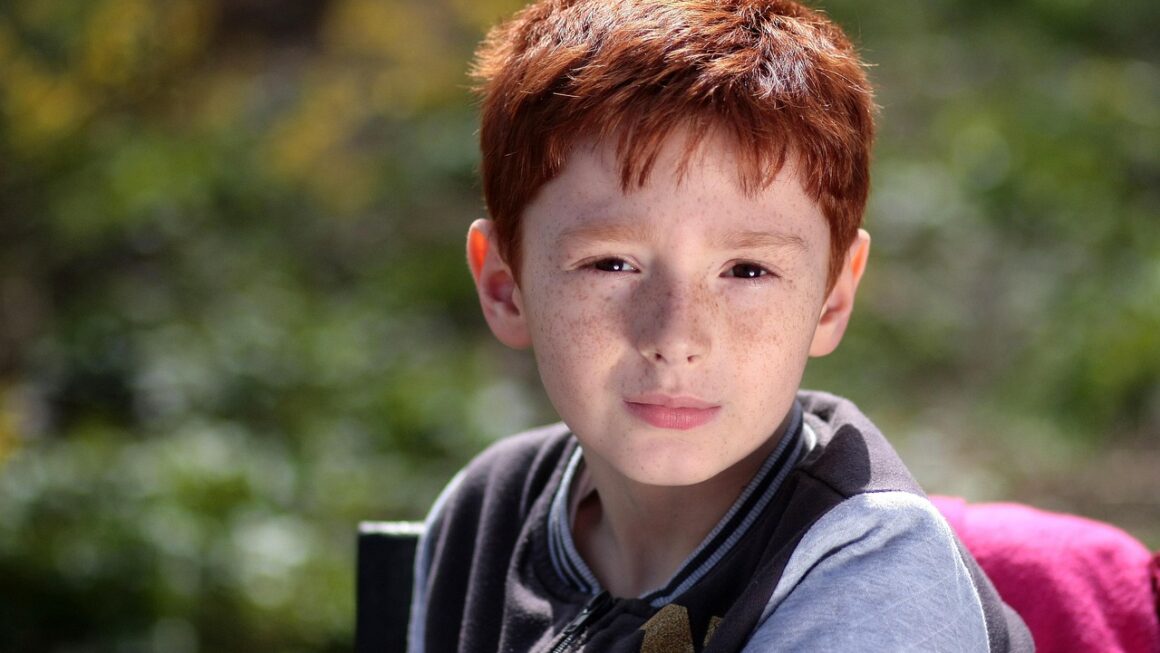Navigating the world of parenthood is both rewarding and challenging. One of the most crucial aspects is guiding our children, shaping them into well-adjusted, responsible, and happy individuals. Child guidance is more than just discipline; it’s about fostering growth, understanding, and a strong connection between parent and child. This article will delve into effective strategies for positive child guidance, providing practical tips and insights to help you nurture your child’s development.
Understanding Child Guidance
Child guidance encompasses the methods and strategies used to help children develop socially, emotionally, and morally. It’s about teaching them appropriate behavior, self-control, and respect for others. Unlike traditional discipline that often relies on punishment, positive child guidance focuses on understanding the root causes of behavior and teaching alternative responses.
What Child Guidance Is Not
- Punishment-centric: It’s not solely about punishing misbehavior.
- Permissive: It doesn’t mean letting children do whatever they want.
- Quick Fix: It’s not a one-size-fits-all solution but a long-term investment in a child’s development.
What Child Guidance Is
- Proactive: Focused on preventing problems before they arise.
- Developmentally Appropriate: Tailored to the child’s age and abilities.
- Relationship-Based: Builds a strong, trusting relationship between parent and child.
- Educational: Teaches children new skills and strategies.
Key Principles of Effective Child Guidance
- Consistency: Maintaining consistent rules and expectations.
Example: If screen time is limited to 30 minutes on weekdays, stick to that rule consistently.
- Positive Reinforcement: Rewarding desired behaviors rather than solely focusing on punishing negative ones.
Example: Praising your child for sharing toys with a sibling.
- Empathy: Understanding and validating your child’s feelings.
Example: Acknowledging your child’s frustration when they struggle with a task.
- Clear Communication: Expressing expectations and consequences clearly and calmly.
Example: Explaining why hitting is unacceptable and offering alternative ways to express anger.
Building a Strong Parent-Child Relationship
A strong parent-child relationship is the foundation of effective child guidance. Children are more likely to listen to and respect parents they feel connected to.
Spending Quality Time
- Dedicated Time: Set aside specific time each day or week for focused interaction.
Example: 15 minutes of uninterrupted playtime after dinner.
- Shared Activities: Engage in activities your child enjoys, such as reading, playing games, or going for walks.
- Active Listening: Pay attention when your child is talking, making eye contact, and responding thoughtfully.
Example: Instead of just saying “Okay,” ask follow-up questions when your child tells you about their day.
Fostering Open Communication
- Creating a Safe Space: Encourage your child to share their thoughts and feelings without fear of judgment.
Example: “I’m here to listen, no matter what you want to tell me.”
- Using “I” Statements: Express your own feelings and needs without blaming your child.
Example: “I feel frustrated when the toys are not put away after playing” instead of “You never clean up your toys!”
- Validating Emotions: Acknowledge and accept your child’s feelings, even if you don’t agree with their behavior.
Example: “I understand you’re angry that you can’t have another cookie, but…”
Showing Unconditional Love
- Expressing Affection: Regularly tell your child you love them and show affection through hugs, kisses, and other physical contact.
- Accepting Imperfection: Let your child know that you love them even when they make mistakes.
- Focusing on Strengths: Celebrate your child’s unique talents and abilities.
Implementing Positive Discipline Techniques
Positive discipline focuses on teaching children appropriate behavior through guidance, understanding, and problem-solving, rather than relying on punishment.
Setting Clear Expectations and Rules
- Age-Appropriate Rules: Establish rules that are understandable and achievable for your child’s age and developmental stage.
- Clear Communication: Explain the rules and the reasons behind them.
- Involving Children: When possible, involve children in creating the rules to foster a sense of ownership.
Example: Family meetings to discuss household rules and chores.
Using Logical Consequences
- Related to the Behavior: Consequences should be directly related to the misbehavior.
Example: If a child throws a toy, the toy is taken away for a period of time.
- Fair and Consistent: Consequences should be applied fairly and consistently.
- Focus on Learning: The goal is to teach the child about the impact of their actions.
Example: If a child spills juice, they help clean it up.
Ignoring Minor Misbehavior
- Attention-Seeking Behavior: Often, children misbehave to get attention. Ignoring minor misbehavior can be effective.
- Focus on Positive Behavior: Instead of focusing on the negative, redirect your attention to positive behaviors.
- Example: If a child is whining for a toy, ignore the whining and praise them when they ask nicely.
Time-Outs as a Teaching Tool
- Not Punishment: Time-outs should be used as an opportunity for children to calm down and reflect on their behavior, not as a punishment.
- Quiet Space: Provide a quiet, designated space for time-outs.
- Short Duration: Time-outs should be brief, typically one minute per year of age.
Example: A five-year-old would have a five-minute time-out.
- Follow-Up: After the time-out, discuss the behavior and alternative ways to handle the situation.
Promoting Emotional Intelligence
Emotional intelligence is the ability to understand and manage one’s own emotions and the emotions of others. This skill is critical for social and emotional development.
Identifying and Labeling Emotions
- Talking About Feelings: Help children identify and name their emotions by talking about feelings regularly.
Example: “You seem sad. Are you feeling down?”
- Using Emotion Charts: Use emotion charts or books to help children learn about different emotions.
- Modeling: Model healthy emotional expression by talking about your own feelings.
Example: “I’m feeling frustrated because I can’t find my keys.”
Teaching Coping Strategies
- Deep Breathing: Teach children how to take deep breaths to calm down.
- Positive Self-Talk: Encourage children to use positive self-talk to manage negative emotions.
Example: “I can do this! I’m strong and capable.”
- Problem-Solving Skills: Help children develop problem-solving skills to address the root causes of their emotions.
Example: “What can we do to solve this problem?”
Encouraging Empathy
- Discussing Others’ Feelings: Talk about how other people might be feeling in different situations.
- Reading Books: Read books that explore different emotions and perspectives.
- Modeling Empathy: Show empathy towards others in your own interactions.
Addressing Challenging Behaviors
Challenging behaviors are a normal part of child development, but it’s important to address them effectively.
Identifying the Root Cause
- Triggers: Identify the triggers that lead to challenging behaviors.
Example: Fatigue, hunger, or specific situations.
- Underlying Needs: Understand the underlying needs that the behavior is trying to meet.
* Example: Attention, control, or escape.
Creating a Behavior Plan
- Specific Goals: Set specific, measurable, achievable, relevant, and time-bound (SMART) goals.
- Intervention Strategies: Implement strategies to address the root cause of the behavior.
- Consistency: Ensure consistency in applying the behavior plan.
- Example: A behavior plan for a child who tantrums when asked to do homework might include breaking down tasks into smaller steps, offering rewards for completing tasks, and providing a quiet workspace.
Seeking Professional Help
- When to Seek Help: Seek professional help if challenging behaviors are severe, persistent, or interfering with the child’s development.
- Types of Professionals: Consult with a pediatrician, child psychologist, or behavior therapist.
Conclusion
Child guidance is an ongoing process that requires patience, understanding, and consistency. By focusing on building a strong parent-child relationship, implementing positive discipline techniques, promoting emotional intelligence, and addressing challenging behaviors effectively, you can help your child develop into a well-adjusted, responsible, and happy individual. Remember that every child is unique, and what works for one child may not work for another. The key is to be flexible, adaptable, and always strive to understand your child’s individual needs.



